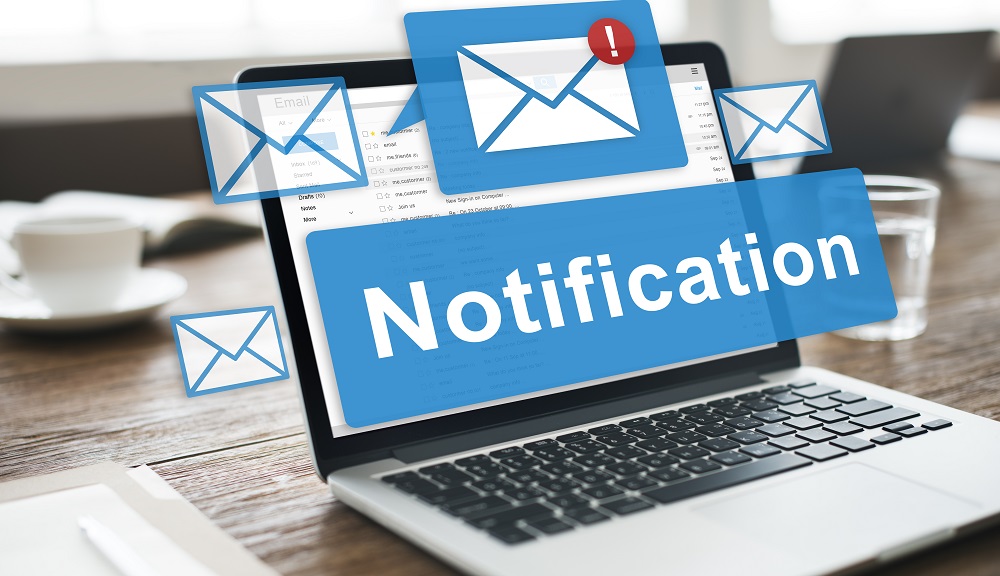Emergency, incident, and other notification systems are typically seen as single solutions which don’t extend out into their organization’s tech infrastructure. But integrators may be missing out if they’re not also pitching a tie-in to a client’s collaboration platforms.
Collaboration is a key component of incident management, which is why so many organizations are now connecting mass notification systems to tools like Microsoft Teams and Cisco Webex Teams.
When a mass notification goes out, it can include an invitation for recipients to join virtual collaboration spaces, or alert people in that group that a specific incident has occurred or set of conditions is met.
Key stakeholders can gather quickly, assess a situation, and determine the best course of action. This helps add more value to tools organizations by allowing them to deploy faster responses.
Let’s break down how this can benefit integrators and their clients — and what integrators should do to pitch these solutions.
Connecting mass notification and collaboration platforms
Paul Shain, CEO of Singlewire Software, says it’s not good enough to have a unique solution for each problem you solve; you want to tie it together under the power of the host network.
“The growing trend is towards integrated solutions,” he says. “We’ve done a great job with ‘point solutions,’ or different devices used for event notification in specific ways. But clients want all of that in a ‘single pane of glass solution’ — from the moment the event is triggered, to the final stages of resolution.”
Mass notification is valuable because it reaches many people under the umbrella of a singular event. But in a way, collaboration technology has the potential to help accomplish the same goal.
Mass notification systems that can deliver messages directly into these systems and offer the ability to trigger mass broadcasts without needing to leave and log into another tool will have a distinct advantage for organizations prioritizing speed and reach for their notifications.
For organizations that have large numbers of remote workers, this can be particularly useful for keeping everyone informed on how a situation is unfolding.
“Our view is that when a bad situation happens, it’s easier to manage under the same program you’re using every day,” says Shain.
“We see many use cases across verticals, mostly for situations like active shooters and severe weather alerts. We also see IoT applications, where there’s some sort of factory spill with a notification that a piece of equipment has broken down.”
Other applications for a software bridge:
- Workflow or emergencies
- Shift scheduling notifications (especially valuable to healthcare where teams need to rapidly fill empty shifts)
- Retail closing announcements where a notification can be pre-recorded and sent out efficiently over IP pagers, etc.
Advice for integrators
People want solutions, not a bag of parts. It’s important to build out the software and hardware capabilities of a project to offer specific solutions using investments the customer has already made.
Many companies have already invested in robust IP systems — so perhaps IP speakers would be valuable there.
Target clients who have network infrastructure which could be more redundant. Leveraging these tools provides valuable redundancy and the ability to survive an internet outage.
The ability to bring those devices onto a network so a recipient group can easily lock/unlock doors or provide more robust security insights is also a sellable angle.
Let’s say your client wants to know if a door is open any time between 5 p.m. and 8 a.m. Using access control solutions to provide notifications to the stakeholder is a unique solution that can only be gleaned through building a strong customer relationship and thinking creatively about the solutions you provide.
Don’t forget: many of these situations also offer the possibility for turning it into a service-based subscription model.
Related: Tech Vendors: Here’s How to Build and Service Customers’ Needs During a Pandemic
Customer profiles appear similar much of the time. If you’re talking to someone with 20 employees, that’s not the right customer.
Think facilities-based requirements for notifications: over 500 employees; hybrid work environments; multiple buildings, etc. Those clients could benefit the most from a mass notification-collaboration platforms link.










